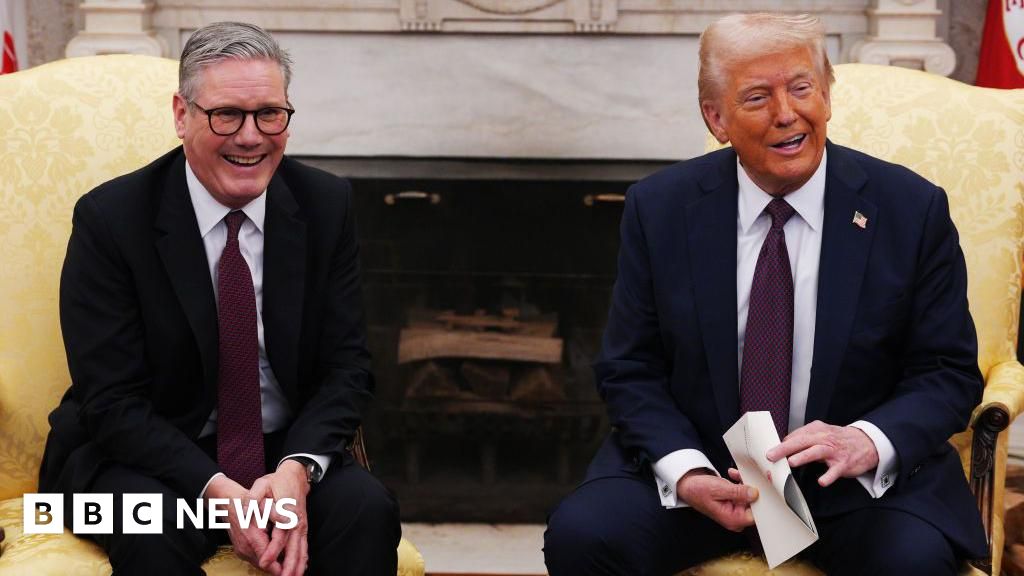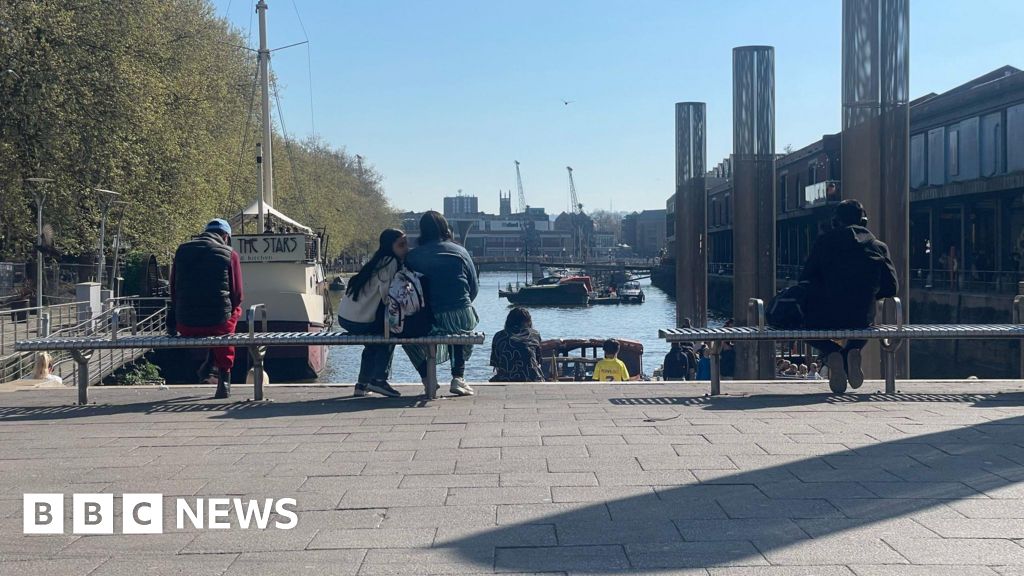ARTICLE AD BOX
By Anthony Reuben
BBC Reality Check
The Treasury has announced that the Budget and Spending Review will end the freeze on public sector pay that was announced this time last year.
Public-sector employees are generally those paid directly by the state such as teachers and members of the armed forces. All others work in the private sector.
How much their pay will go up from April will depend on the recommendations of the Pay Review Bodies.
The Treasury said that freezing pay in 2020-21 had helped "to ensure fairness between the private and public sector".
There is no question that there is a gap between pay in the public and private sectors, but whether that is fair is a tricky question.
As the Institute for Fiscal Studies (IFS) says, public-sector workers are more likely to be highly educated professionals who command higher wages in the labour market.
So the problem with comparing average earnings for the public and private sector is highly educated professionals would be expected to be earning more.
And this has increasingly been the case as successive governments have paid private-sector companies to carry out lower-paid jobs such as cleaning, security or catering.
The IFS also calculates the percentage gap between public and private sector pay if you take into account characteristics such as a worker's education and experience, which is the purple line in the chart below.
Public-sector pay was frozen from 2011-13 and then capped at a 1% annual increase until 2018.
As a result, the difference between public and private-sector pay has narrowed since 2011, such that in 2019-20, there was no gap once you took into account their characteristics.
In 2020-21, the gap increased somewhat, indicating that the public sector had a somewhat better year than the private sector.
And we knew that - employees in the public sector worked very hard during the pandemic but they weren't furloughed and were less likely to lose their jobs than those in the private sector.
How much difference?
The Treasury release said that average earnings in 2020-21 had risen:
- 4.5% in the public sector
- 1.8% in the private sector
That's not the figure that the Office for National Statistics (ONS), which calculates the figures, uses.
According to the ONS, average earnings in 2020-21 rose:
- 5.6% in the public sector
- 4.6% in the private sector
The reason for the difference is that the Treasury has taken an average of all the monthly figures in 2020-21 and compared them with the same figure for 2019-20, whereas the ONS has compared average pay at the end of 2019-20 with average pay at the end of 2020-21.
So the Treasury figure is taking more account of the dip seen by the private sector during 2020, when employees were furloughed, which meant some of them were receiving only 80% of their normal pay.
You can see that dip very clearly in the blue line in the first chart in this piece.
The Treasury's way of calculating it makes the change in private sector wages look considerably worse than the ONS's headline figures.
There are other caveats about earnings figures at the moment, with the very large changes in things like bonus payments during the pandemic making the figures difficult to analyse.
Nonetheless, it is still fair to say that public sector workers had a better time overall on wages over the pandemic than their private sector counterparts.
Longer view
But if you take a longer term view, many workers in the public sector have had a difficult time.
The IFS says, for example, that pay levels for experienced teachers in 2021 are 8% lower once you adjust for rising prices than they were in 2007.
Average pay for NHS dentists fell by 32% between 2006−07 and 2017−18, and is estimated to have continued to fall since.
What about pensions?
Of course, the attractiveness of a job is not just about the amount you are paid.
This analysis excludes pension provision, which tends to be considerably better in the public sector.
On the other hand, bonuses and overtime payments are much more significant in the private sector.
And one thing that the pandemic has highlighted is the greater job security in the public sector, especially because those in the public sector were more likely to be classified as key workers.

 3 years ago
50
3 years ago
50









 English (US) ·
English (US) ·